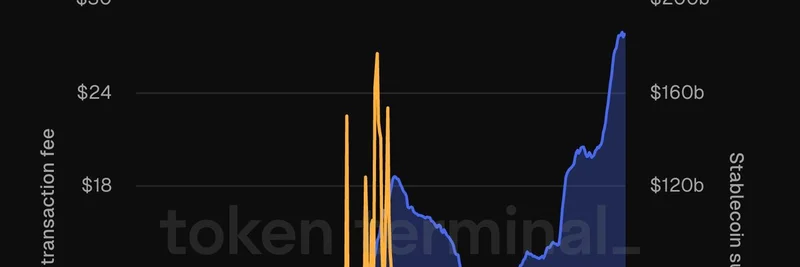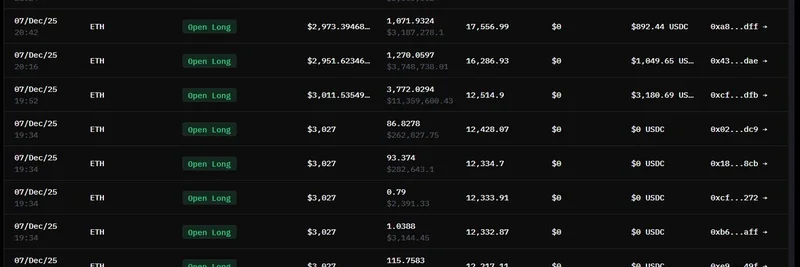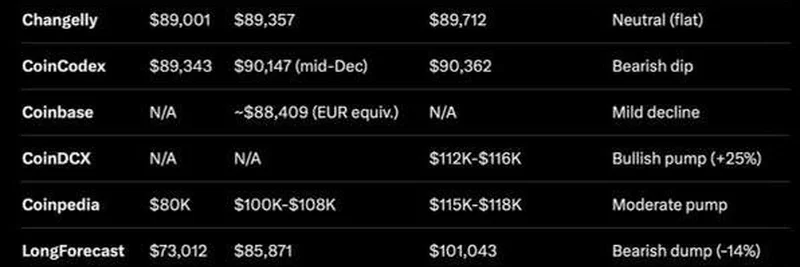In a recent teaser from the "When Shift Happens" podcast, hosted by Kevin (aka MR SHIFT), guest Mark Moss drops some eye-opening truths about inflation that every crypto enthusiast—especially those dabbling in meme tokens—needs to hear. The clip, shared on X, highlights how traditional measures like the Consumer Price Index (CPI) are misleading, and the real culprit behind your money's erosion is money supply expansion. Let's break this down and see what it means for the wild world of meme coins.
Mark Moss, a well-known figure in the crypto space, argues that if you're relying on CPI to gauge inflation, you're missing the bigger picture. CPI, for those new to economics, is a basket of goods and services that governments use to track price changes over time. But as Moss points out, it's more of a symptom than the root cause. The true driver? The expansion of the money supply, often measured by M2, which includes cash, checking deposits, and easily convertible near-money.
Over the past five years, global M2 has grown by about 8% annually, while in the US, it's closer to 10%. Toss in a 2% risk premium—a buffer for uncertainties like economic shocks—and you're looking at a 10-12% annual hit to your purchasing power. That means if you're holding fiat currency in a bank account, it's quietly losing value at that rate every year. Moss's message is clear: this realization should reshape how you approach investments.
The big question he poses is, what assets can actually beat this "hurdle rate"? For Moss, the winners are tech stocks and Bitcoin. Tech has been booming with innovations in AI, cloud computing, and more, often delivering returns that far outstrip inflation. Bitcoin, with its fixed supply of 21 million coins, acts as a hedge against monetary debasement—essentially, it's "hard money" in a world of endless printing.
But what about meme tokens? At Meme Insider, we're all about these community-driven, often viral cryptos like Dogecoin or newer entrants that capture internet culture. Meme coins can skyrocket in value thanks to hype, celebrity endorsements, or clever marketing, sometimes yielding insane returns in short bursts. However, they're notoriously volatile and don't have the same scarcity mechanics as Bitcoin. Most meme tokens have massive supplies or inflationary models, which could exacerbate the very issues Moss warns about.
That said, in a high-inflation environment, savvy meme token investors might still come out ahead by timing the market or picking projects with strong deflationary features, like token burns or limited emissions. For instance, some meme coins integrate utilities like staking or NFT integrations to build long-term value, potentially outpacing that 12% loss. But it's a high-risk game—unlike Bitcoin's proven track record as digital gold, meme tokens are more like lottery tickets.
The podcast episode featuring Moss is dropping this week, and it's sponsored by outfits like Satsuma UK, BTC Opp Fund, Arch Lending, and Blockware Team. If you're deep into crypto, tuning in could provide more nuggets on navigating these economic shifts. Check out the full teaser on X to get a taste.
In the end, Moss's insights remind us that ignoring real inflation metrics could leave your portfolio in the dust. Whether you're stacking Bitcoin, betting on tech, or chasing the next big meme coin, understanding money supply dynamics is key to staying ahead. Keep an eye on those M2 figures—they might just dictate your next trade.



